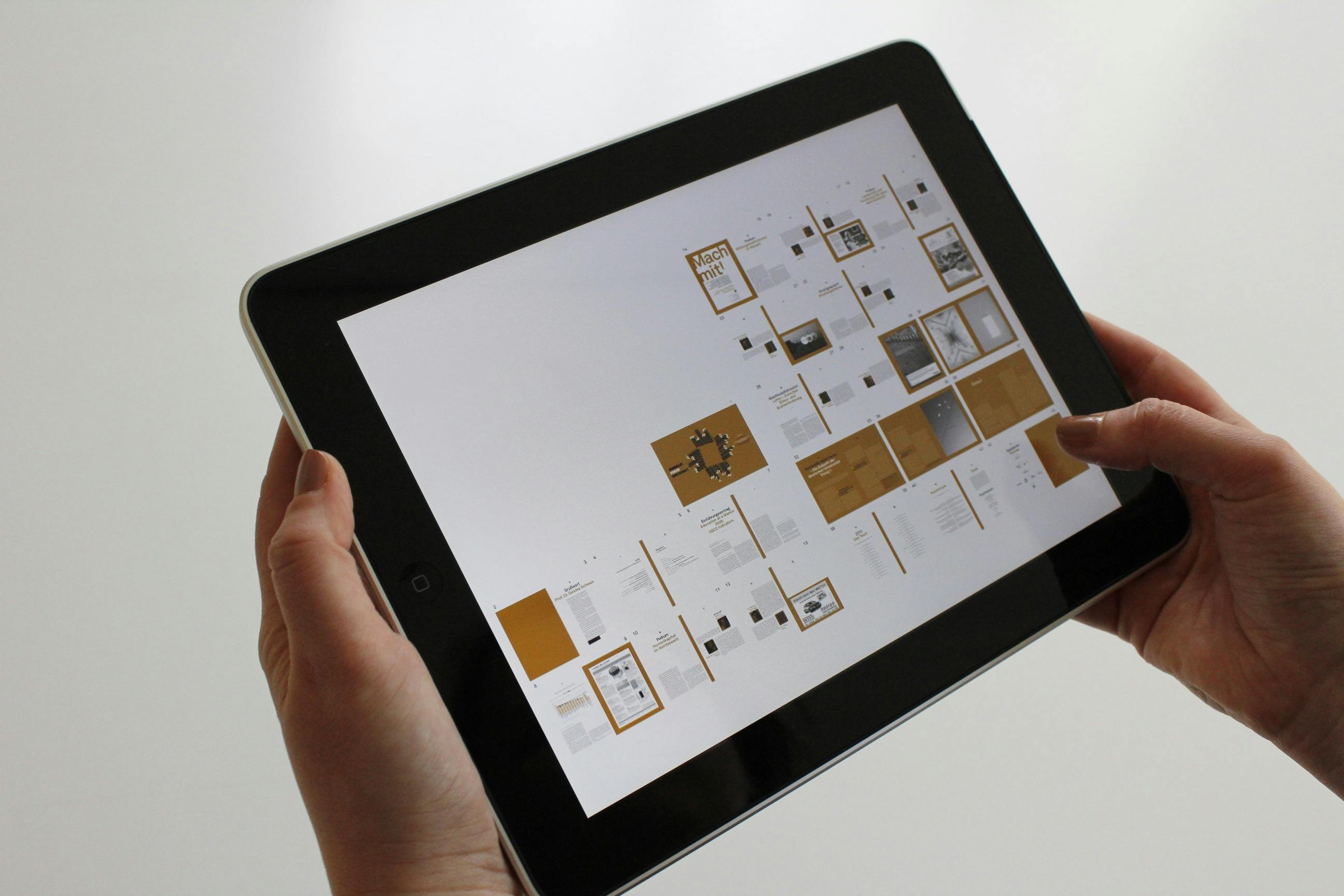
The Windfall Request for Proposal (RFP)
Have you ever received a request for proposal (RFP) out of the blue? I received two and was gullible enough to respond to both and both times I received exactly what I deserved—nothing. Really, I should have known better!
An unsolicited RFP that slips into your mailbox is a Trojan horse. In fact, I was inspired to write this article after receiving a phone call from an unknown caller saying that he was looking for corporate trainers and would like to include me in the search. So I’m about to receive an unexpected RFP #3.
In reality, what this guy and other sneaky RFP senders often want is to fill out a list of candidates according to their company directives, to make it easier to hire those they’ve already planned to bring on. Alternatively, the ruse may be to fraudulently obtain free consulting advice while interviewing an unsuspecting Solopreneur looking for the next project.
I got caught up in what I suspect was the free consulting game a couple of years ago by a charity run by a local ivy league college, no less. The Director of Development wanted new approaches to animate the fundraising strategy and invited me to speak about it. They asked me several questions and presented me with options that I felt would resonate with their donors. I felt very good about the interview.
When I was rejected, I was first disappointed and then suspicious. I came to suspect that either no one was hired, or the person hired was predetermined and may have even been given my ideas (and other suckers’ ideas) to implement, along with my pricing info as a point of reference. .
Whatever the reason, beware of the unexpected RFP. Selected Solopreneur consultants gain nothing but false hope and the “opportunity” to go out and do something silly. However, I have decided that if this latest RFP is sent to me, I will respond in my own way. I’ll phone the contact person and ask a few questions. I will listen carefully to the answers.
- My first question: Who referred me?
- Question two: Who is doing the work now?
- The third question: What is motivating the change if someone else is already doing the work? Is that person or company unsatisfactory and why?
If the answers don’t add up, I’ll decline the RFP and politely say that I don’t understand why I’m being invited to apply and that I normally respond to RFPs from clients I have a relationship with, after I’ve discussed the goals of the project.
If the answers to my first three questions are satisfactory, I will ask three more:
- Who is the project decision maker and stakeholders? Can I meet with them?
- What information will the perfect RFP contain for this project?
- How will the success of this project be measured and who has the measuring stick?
However, while a meeting is helpful, it is not fail-safe. My fake RFPs included a face-to-face. If you’re invited to come in and talk about a project that mysteriously “finds” you, do so without submitting a written proposal. Don’t give them more than an hour of your time.
If the interviewer insists on eliciting “What would you do in this situation?” information from you, tell them that you’ll be happy to discuss the details when it’s decided that you’ll work together. If recipes are required to solve a problem beforehand, know that this is an RFP shake.
RFPs are awarded by clients we have a relationship with and even then, one may not win. Several years ago, I presented the concept of a program to a decision maker at a medium-sized nonprofit organization. During a $40 lunch I paid for, I was invited to submit a proposal.
Bingo! I said, but it wasn’t. After further consideration, it was determined that the necessary staff to support my proposed program were not available and there was no budget to hire. I don’t think he meant to hurt me, but I was devastated anyway.
Therefore, if you are presented with an unsolicited RFP, proceed with caution. Ask questions to discover the sender’s motive and listen carefully to the answers. Whatever you decide to do, don’t flatter yourself.
Thank you for reading,
kim